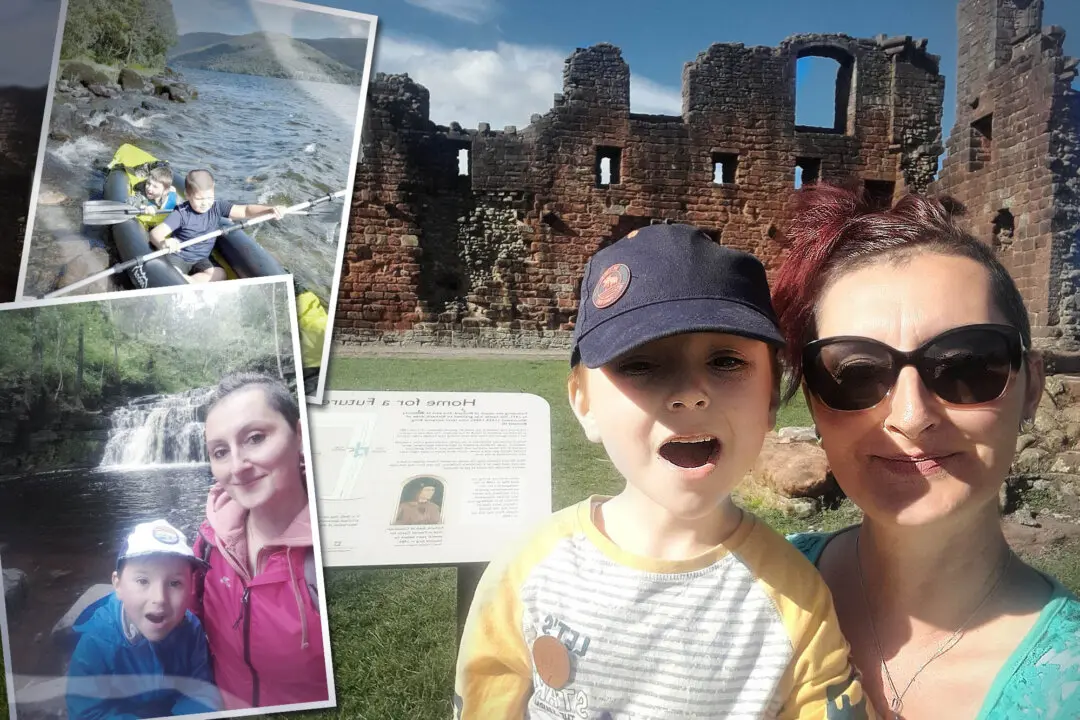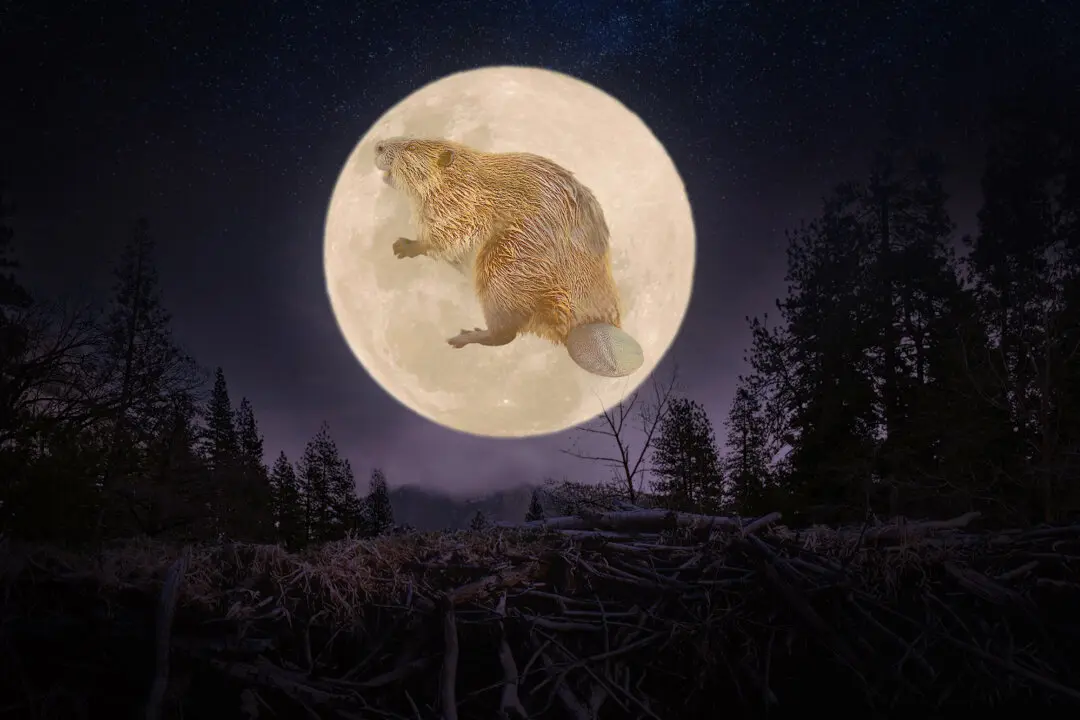Some 814 million people worldwide will see the sky darken on March 29, as a deep partial solar eclipse casts the moon’s shadow upon a vast tract of the Earth’s surface, according to Time and Date.
However, only 44,800 will see 90 percent or more of the sun covered, while the majority will witness just a sliver of moon overlap the sun’s disk and a slight dimming. Those fortunate enough to see the maximum eclipse lie along a path from the northeastern tip of the United States through eastern Canada, Time and Date reports.





